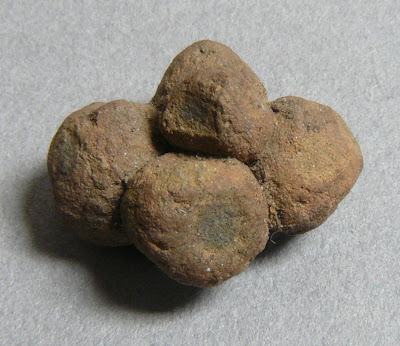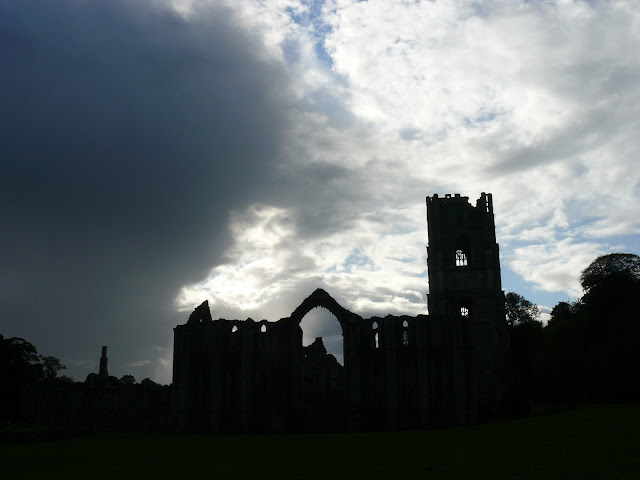These flimsy remnants of a life reminded us of a something we'd seen earlier in the week when we were exploring the East Coast and came across the wonderfully faded Old Church of St Stephen, perched above Robin Hoods Bay.
A ghostly collection of Maidens' Garlands in a glass cupboard.
These funerary decorations were the last, fragile mementos of a deceased, unmarried girl's life and their use dates back at least to the 16th century. Also known as Virgin's Crowns or Crants (from the German), Maidens' Garlands were made from paper, ribbons, fragments of best frocks, silk and shells and usually had a centrepiece made from paper cut into the shape of a glove, kerchief or collar, sometimes with a written epitaph. They symbolised the young girl's purity and lamented a life unfulfilled by marriage and motherhood. They can be found in churches dotted around England - in Shropshire, Derbyshire, Yorkshire & elsewhere.
We found the example below in Alne church, near York.
The eighteenth century poet Anna Seward, friend of the Ladies of Llangollen, wrote the following touching lines in 1792:
Now the low beams with paper garlands hung,
In memory of some village youth or maid,
Draw soft tear, from thrill'd remembrance sprung;
How oft my childhood marked that tribute paid!
The gloves suspended by the garland's side,
White as its snowy flowers with ribands tied,
Dear village! long may these wreaths funereal spread,
Simple memorials of thy early dead!
Outside, in the churchyard, we watched these happy young girls, all unaware of how short their lives might be.
We hoped their future lay in providing ganseys for fishermen, and not in becoming a tender accompaniment to a Yorkshire Puddiing.
***























































